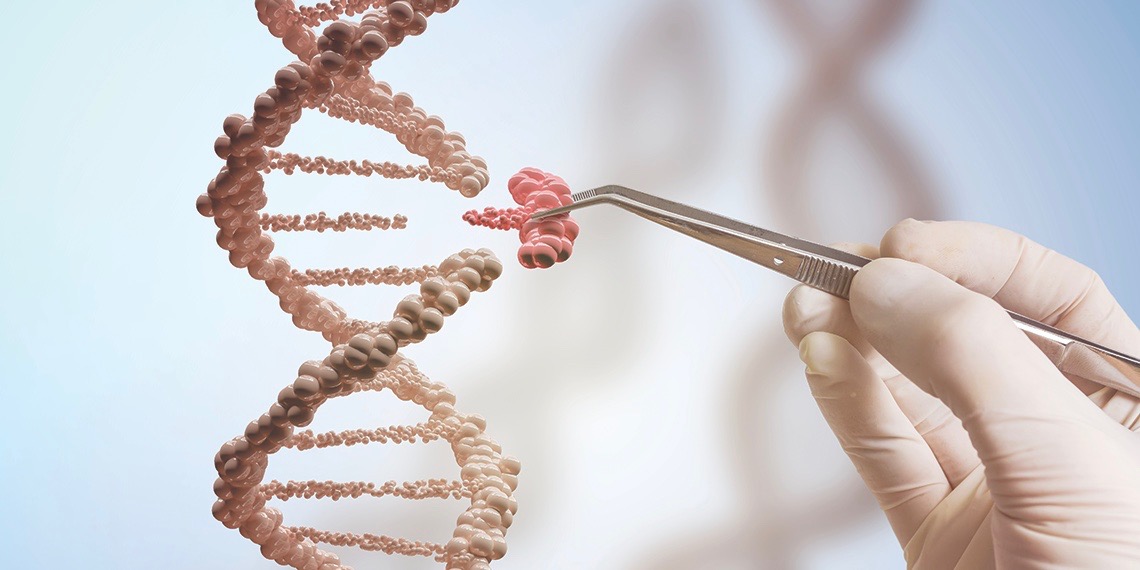Cell transplantation holds great promise for the future, whether in replacing or repairing aged or damaged tissues, or in delivering drugs or enzymes to the body in a sustained way.
The worry, however, is that a few of the transplanted cells might go rogue.
"In the past, some cell therapies with blood cells have shown a capacity to spawn a leukemia, which is obviously not what you want," said Stanford researcher Matthew Porteus, MD, PhD, a professor of pediatrics. "Once you put cells in the body, it's hard to get them out."
To address this problem, Porteus and his colleagues have invented a genetic safety mechanism that can be installed in cells destined to be transplanted. If any of the transplanted cells change in a problematic way, they -- and all of their progeny -- can be deactivated.
The researchers do this through a genetic edit that disrupts the works of a gene necessary for growth of the transplanted cell. Through the edit, they incapacitate uridine monophosphate synthase (UMPS), a gene that makes an enzyme involved in the creation of uridine, one of the building blocks of DNA.
Uridine is found in many foods, such as tomatoes, broccoli, walnuts -- and even beer; however, normal dietary levels are not sufficient to allow cells missing UMPS to proliferate, so recipients of cell transplants would also need to take uridine supplements to make sure they were getting enough.
If negative side effects of the cell therapy pop up, though the transplant recipient would simply switch to a diet without extra uridine; This would incapacitate the transplanted cells, while leaving other cells unharmed.
A paper published in Nature Biotechnology describes how the method worked in mice.
Testing the safety mechanism
Porteus and his colleagues gave some mice edited cells that turn leukemic, and others edited T cells that were programmed to cause disease. When the researchers switched the mice to a special diet without extra uridine, the malevolent T cells stopped reproducing; and in the leukemic mice "the leukemia melted away," Porteus said.
Other researchers have invented similar genetic safety switches for cells, but those approaches tend to add a gene that can be turned on to incapacitate cells, rather than starting with a gene that has been turned off.
The danger there is that the cell may be able to override the genetic edit, Porteus said: "If you put enough selective pressure on a population of cells, they will find a way around the gene you introduce."
In other words, the system fails if a few cells find a way to incapacitate the gene that was added. But Porteus and his colleagues have already disarmed their gene in such a way that it can't revert back to a functional version.
This research was conducted in collaboration with the company Auxolytic. Porteus is an advisor to the company and holds some financial interest in it.
Photo by vchal/Shutterstock






